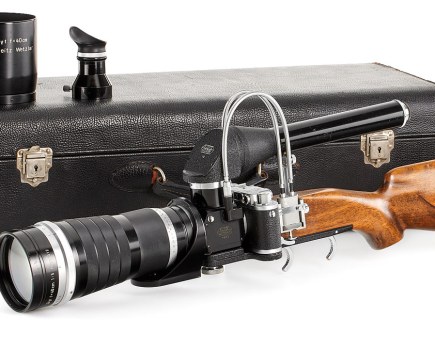Fuji is developing new image sensor technology which is reported to deliver 3x higher sensitivity and richer colour depth than conventional image sensors.
Commenting on the report which appeared in the Japan-based publication PEN, Fujifilm UK?s marketing manager for Digital Imaging Will Rolls told us: ?This technology is at a very early stage of development, and cannot be expected in any of our short-to-medium-term releases.?
Fuji is understood to have filed a patent application on the basic technology and hopes to commercialise new image sensors in three to four years.
The PEN report adds: ?In today?s digicams, images are captured and converted into digital signals by triplets of CCDs placed side by side – one each for red, green and blue. It is difficult for ordinary photographers to realise that a digital image captured with a digicam has less depth than pictures taken with film in which the photosensitive pigments for the three primary colors of red, green and blue are layered above one another, but pro photographers can recognise this. Adopting the same concept of layering, the new image sensor developed by Fujifilm uses organic pigments reacting to red, green and blue light. The pigments are sandwiched between transparent electrodes and stacked above one another.? The reports continues: ?When light enters each pigment layer, electric current flows between the electrodes, and the electric current is then converted into digital signals. Fujifilm has made a prototype image sensor containing a green-reacting pigment. It yields monochrome pictures having the same depth as photo film, and is now making prototype elements for red and blue light as well.?
Though he was not able to confirm these details Rolls added: ?Fujifilm Tokyo has a policy of continually pushing the performance and quality from its digital sensors, and part of this is sometimes to showcase major innovation principles at an early stage.?





